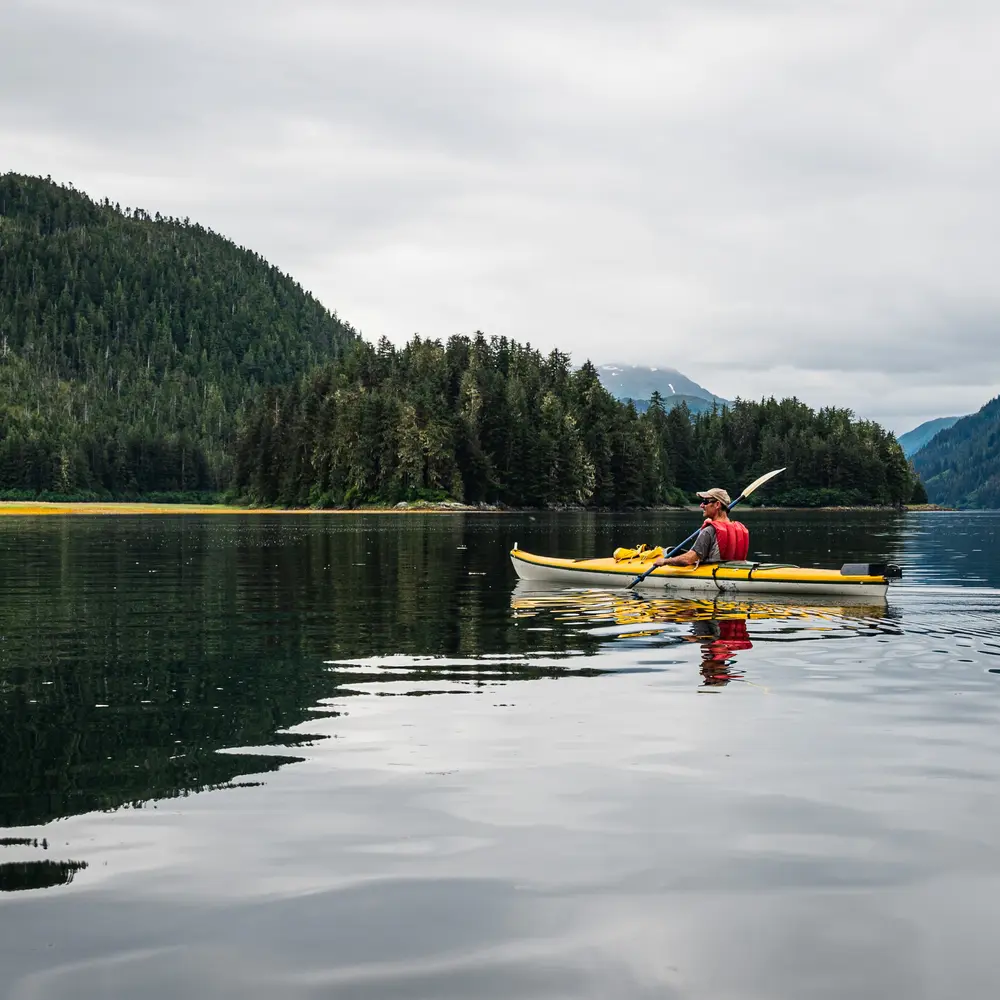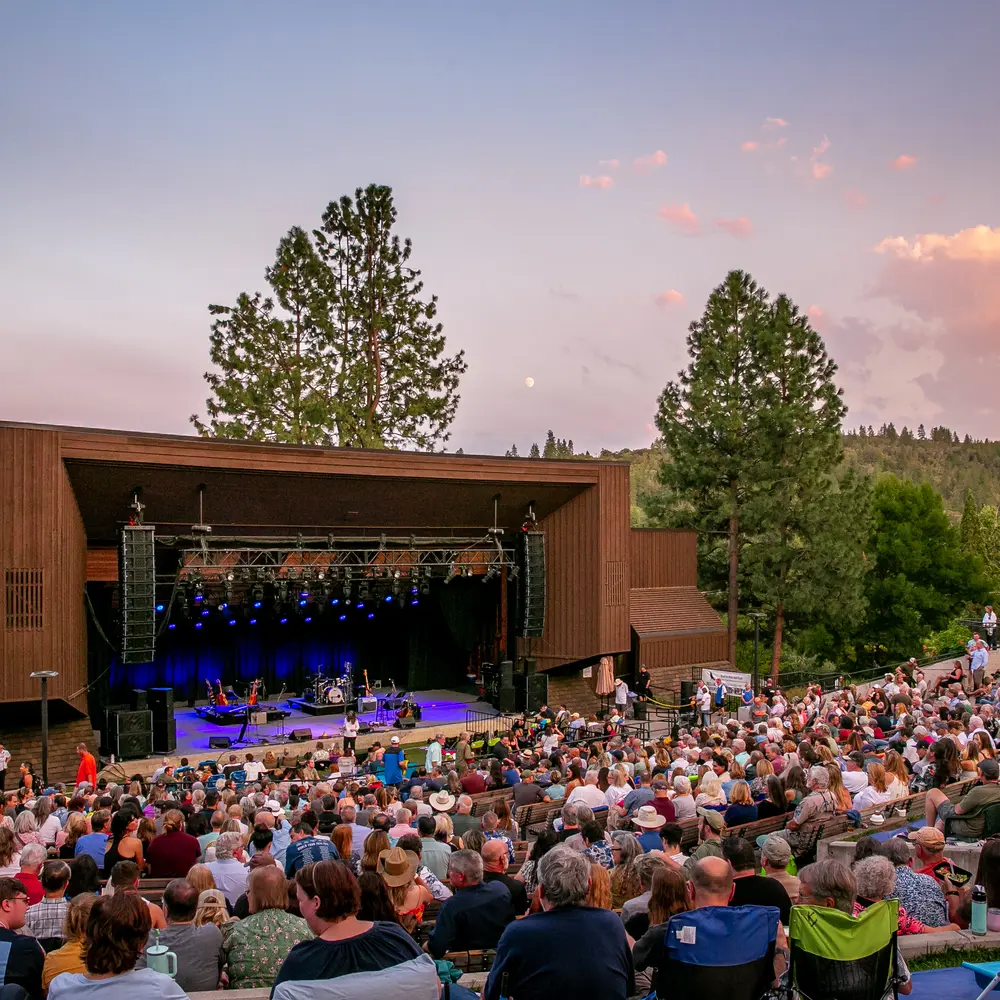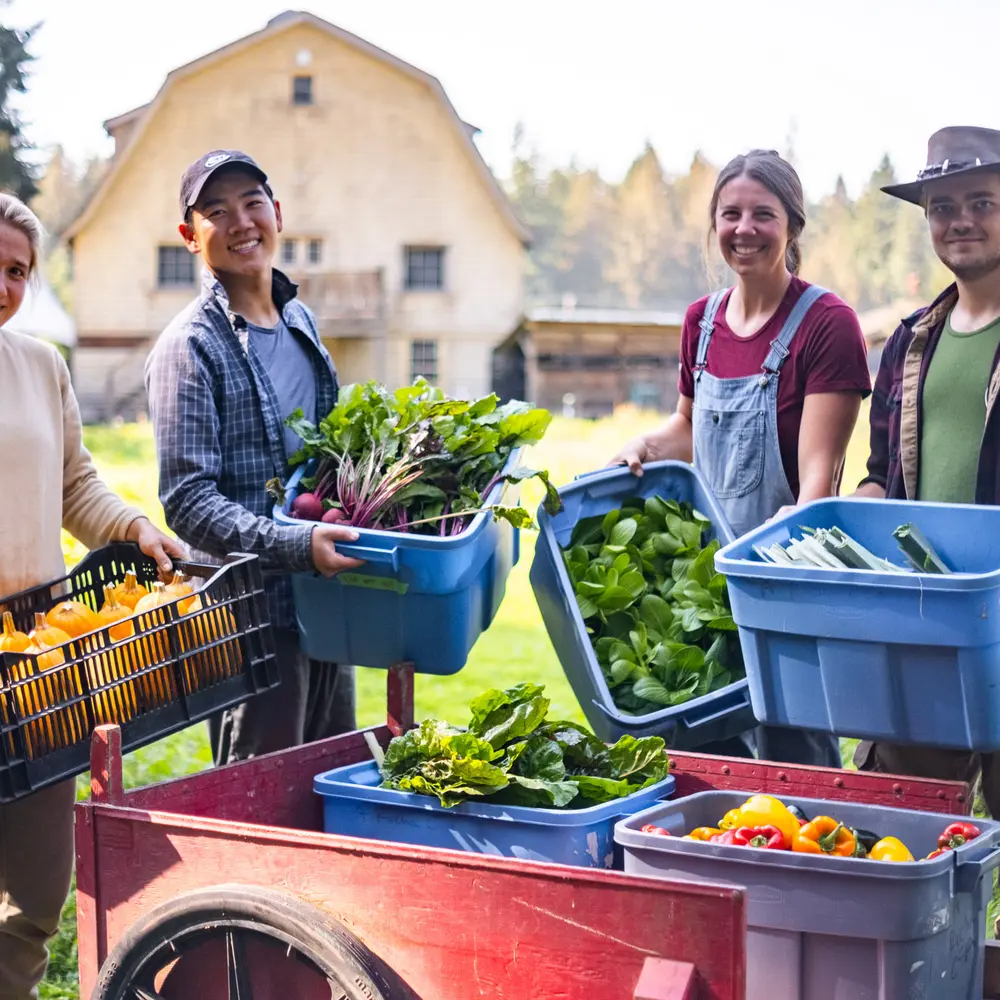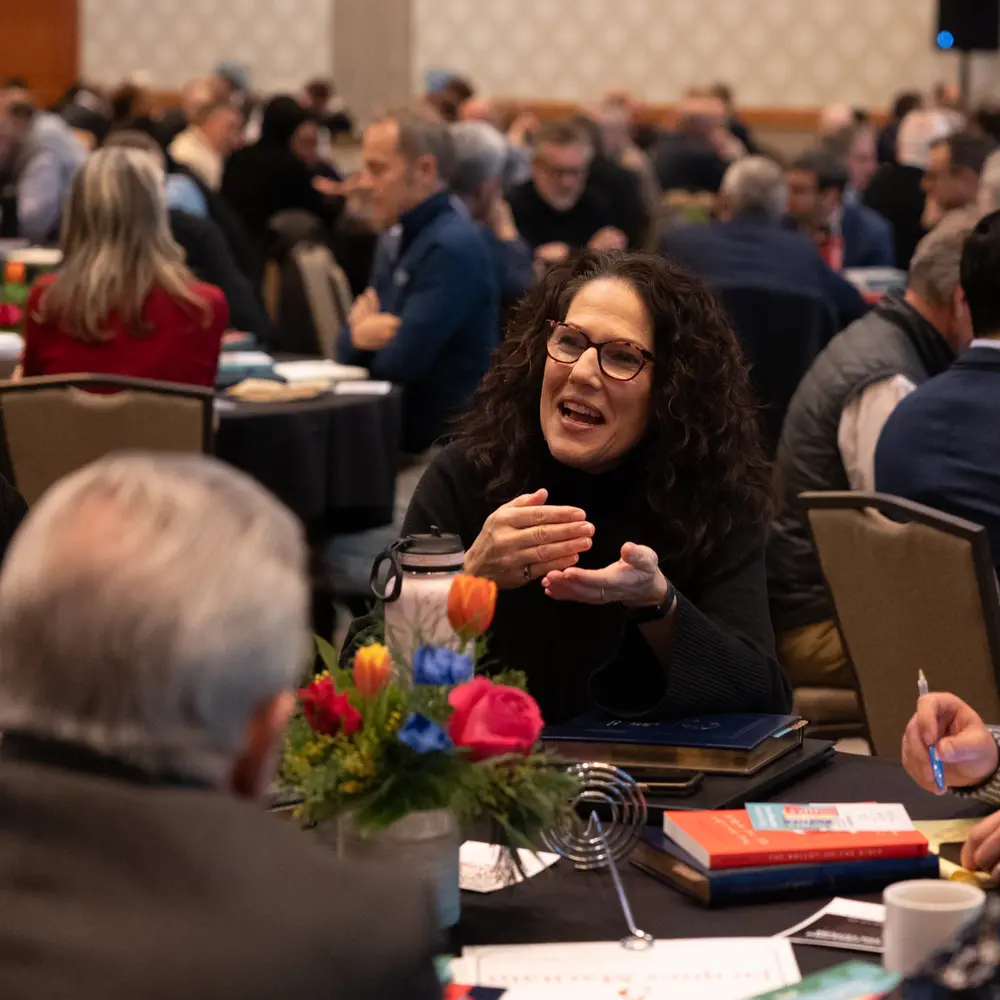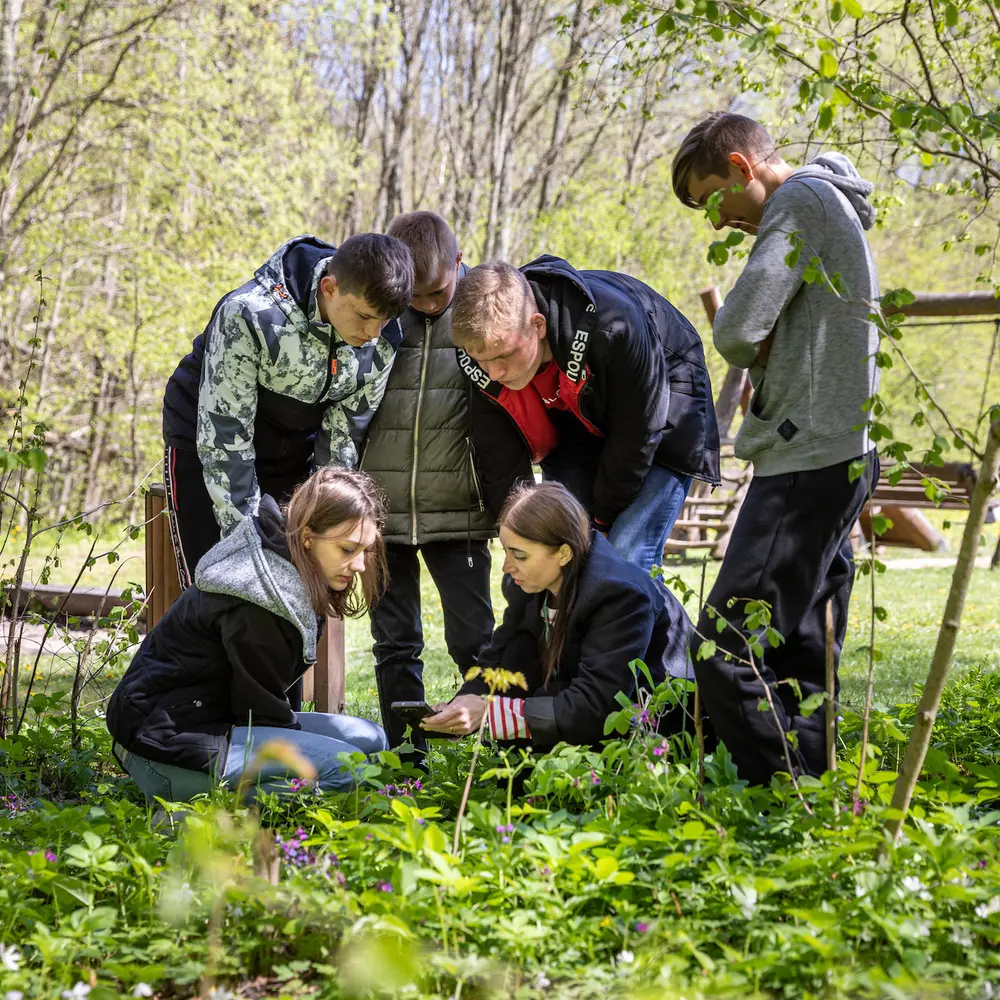A few weeks ago, I wrote a piece for Christ & Cascadia about the discipline of communal grief, how learning to sit with loss together can strengthen our communities and deepen our capacity for bridge-building leadership. I'm grateful for the conversations it has already sparked about how we navigate the hard things that come our way.
At the same time, my August CEO update talked in part about cultivating optimism, inspired by Greg Bell's wonderful keynote at our Innovation Symposium. Greg challenged us to intentionally name what's going well, not as toxic positivity, but as a practice that makes us more effective, resilient, and creative in our problem-solving.
I've been reflecting lately on these two concepts, grief and gratitude, and how they're not contradictory but beautifully complementary. In fact, I believe that learning to hold both simultaneously is essential for the kind of bridge-building leadership our sector and communities require.
In the nonprofit sector (as, quite frankly, in most sectors), we're often tempted to choose sides. Either we focus on the most acute problems that need solving (which can lead to chronic discouragement or compassion fatigue) or we emphasize positive outcomes to the point that we diminish our capacity to learn and end up holding on to ineffective or outdated solutions. Innovation and bridge-building leadership requires something more nuanced: the ability to look honestly at challenges and wins. We pay attention to what didn’t work and what has been lost, while simultaneously celebrating what remains and what's emerging. As we do this, I believe the space for seeing and learning emerge, as we are truly aware and more strategic. The basis of any good SWOT of SOAR analysis is being able to see both challenges and wins, losses and gains, problems and opportunities.
Practicing grief at work may sound strange, but it can be powerful as a discipline in our work. This means intentionally building a thoughtful and structured (disciplined) approach to facing failures, losses, and challenges. It’s about making room to process difficult experiences and emotions, while also creating opportunities to learn and grow. This approach centers around asking key “How?” questions: How did we get here? How will we move forward? How will we bring others along with us? How can we honor what’s been lost while still embracing what’s possible? How might our struggles shape our future decisions? How do we support each other through these moments? By asking these questions, we cultivate what I call “grounded hope” — hope that is rooted not in denial or wishful thinking, but in an honest reckoning with our realities and a clear-eyed vision for the path ahead.
And when we practice gratitude intentionally, we name what's working, celebrate small wins, and recognize the strength and commitment around us. In addition to quite literally rewiring our brains to see what’s working well more easily, we fuel the resilience needed for long-term change. We remember that even in difficulty, we're not starting from zero.
The most innovative teams I know are those that have learned to navigate both grief and gratitude. They can hold space for the pain of a program ending while simultaneously celebrating the relationships and learning that emerged from it. They can acknowledge the real impact of funding challenges while also recognizing the creativity and collaboration those constraints sparked.
This isn't about finding silver linings in every cloud. It's about developing the emotional and spiritual muscle memory to live fully in the complexity of our work, acknowledging the messy middle of being human. When we can do this, we become the kind of leaders who don't just react to change but who can help our teams and communities navigate it with honesty and hope. We see the landscape anew, which fosters the fertile ground for new vision to emerge.
As we head into the final months of this year, I want to encourage all of us to resist the either-or thinking that says we must choose between acknowledging problems and celebrating progress. The communities that will thrive, and the leaders who will create lasting change, are those who can help us navigate the full landscape of human experience with both courage and compassion.
The work of building flourishing communities requires all of us: our full selves, our honest struggles, and our genuine celebrations. When we show up this way, we don't just survive change; we become agents of transformation for the common good.
-Romanita Hairston, CEO

